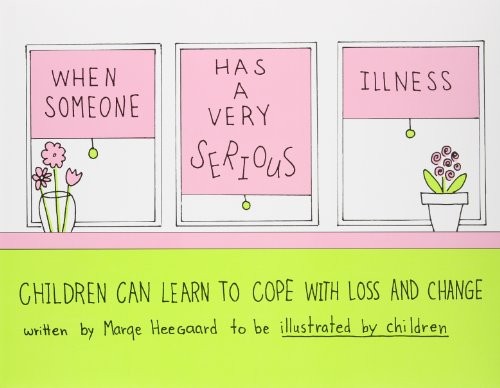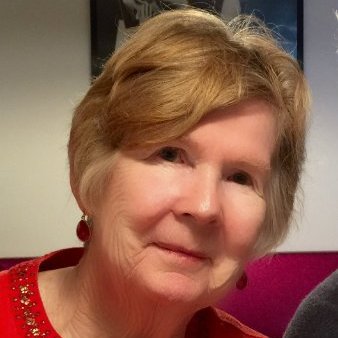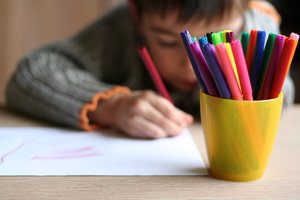
Published in 1988, Marge Heegaard’s book “When Someone Has A Very Serious Illness: Children Can Learn To Cope With Loss And Change,” remains widely useful today. This 36-page workbook is a collection of chapters or thematic sections that take a child progressively through the thoughts and feelings that often arise when someone in their family has a serious illness. The exercises include clear, simple questions and ample space for a child to visually express their perspective, illustrating the book as they go. This process is intended to be facilitated by an adult and is appropriate for children age 5-12.
In lieu of a forward, Heegaard includes three brief addresses: a general statement affirming and articulating several ways that adult family members can help children through times of loss and change; a message about how an adult can facilitate a child’s process through the use of the book; and finally a note that directly addresses the child, affirming their autonomy in finding their own way, and providing encouragement in seeking the support of an adult they trust.

Author Marge Heegaard
(Credit: linkedin.com)
The information intended for adult facilitators is extremely applicable, empowering family members to take on the complex internal experiences of a child in a practical and evidenced-based way. For example, Heegaard writes, “Take care of yourself and find support to overcome personal fears and anxieties. Children model behavior and coping skills from the adults they live with.” She also notes that a child’s headaches, stomachaches, or behavioral problems may be “caused by repressed feelings,” and suggests the use of this book alongside other “healthy outlets for energy release and expression with creative and physical activities.”
The majority of the book is geared toward the child, beginning with an exploration of the nature of change in the world, in themselves and in the family member who is ill. From there, it progresses to include the nature of illness and the thoughts and feelings that may arise around it, as well as how they can be expressed. There are several pages devoted to understanding how family dynamics shift around serious illness, giving the child lots of opportunities to explore what they observe in themselves and others, and how they might understand and navigate these complicated relational dynamics. Part of this includes understanding the support network of adults already in their lives, as well as providing options and autonomous choice for self-care both alone and within the context of shared family time.

Credit: rgbstock.com
While many books oriented toward children that touch on the subject of death and transformation casually use the word “God” as if it were already an understandable and certain thing, Heegaard earns major brownie points here for exercise that begins, “Many people have God, a guardian angel or a higher power for support. Do you have someone?” Offering this awareness of the mysterious, vast and universal without pigeonholing a child into a particular belief system keeps this book accessible and functional across several demographics. Another gold star is awarded for Heegaard’s awareness of somatic experiencing and its value for children. About mid-way through the book, she provides an outline of a human body whereby a child can locate their emotions through the felt sense. Encouraging this level of introspection at an early age, in a way that young children can absorb, has the potential to create a level of awareness in a child that many adults have yet to access.
In short, if you have a child in your life who is coping with the serious illness of someone they love, suggest this book to their primary caregiver or school counsellor. It’s a truly excellent resource, and discounted rates are available for orders of more than 10, making this an affordable option for schools, spiritual communities and anyone working with children in a clinical setting.

 “When Someone Has A Very Serious Illness: Children Can Learn To Cope With Loss And Change” by Marge Heegaard
“When Someone Has A Very Serious Illness: Children Can Learn To Cope With Loss And Change” by Marge Heegaard



 Trans Remembrance Project Provides a Community of Grieving
Trans Remembrance Project Provides a Community of Grieving
 Caring for a Dying Loved One? Be Gentle With Yourself.
Caring for a Dying Loved One? Be Gentle With Yourself.














